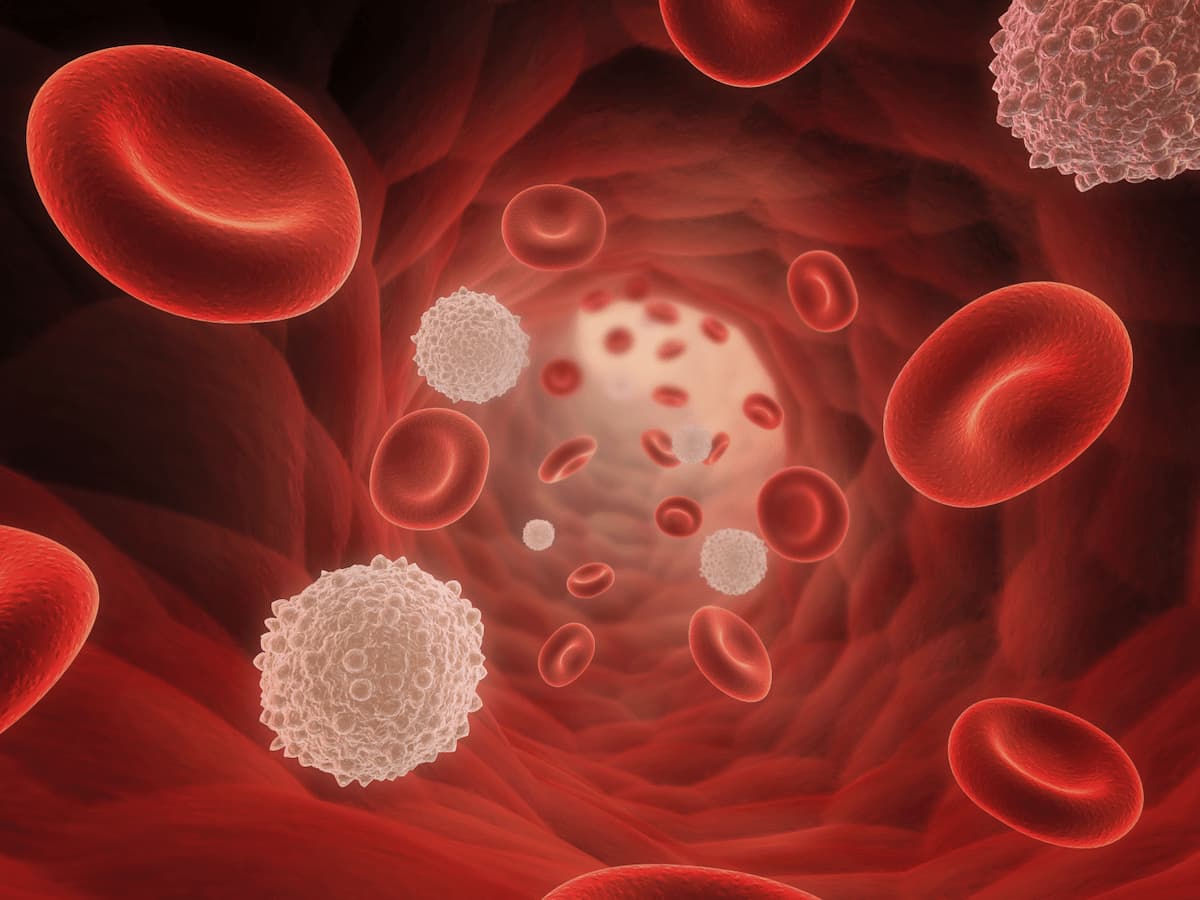Successful/Safe Pregnancies Deemed Possible Following Allogeneic Transplant
After allogeneic hematopoietic cell transplantation, pregnancies could be carried out and were successful.
After allogeneic hematopoietic cell transplantation, pregnancies could be carried out and were successful.

It is safe for women to become pregnant and carry pregnancies to term after undergoing allogeneic hematopoietic cell transplantation (HCT), according to retrospective results published in Blood.1
Findings showed that of the 2654 female patients analyzed, who had undergone allogeneic HCT in Germany between 2003 and 2018, 50 women reported 74 pregnancies and 57 resulted in live births (77%). The median time from transplant to first pregnancy was 4.7 years (range, 0.7-14.8; IQR, 4.3).
These data correlated positively with women who were aged between 18 and 35 years at the time of transplant; the median age of pregnancy was 29.6 years (range, 21.7-39.3; IQR, 6.8).
The annual first birth rate in patients who received allogeneic HCT was 0.45% (95% CI, 0.31-0.59), which investigators said is more than 6 times lower than in the general population (3.02%). The likelihood of a live birth 10 years posttransplant was 3.4% (95% CI, 2.3%-4.5%). Additionally, the annual rate of a first reported pregnancy posttransplant was 0.53% (95% CI, 0.31%-0.59%).
Factors associated with increased rates of first live births included non-myeloablative/reduced-intensity conditioning regimen, transplants for non-malignant conditions, and either no or lower-dose (< 8 Gy) total body irradiation (TBI). Twenty-five of 52 pregnancies had maternal complications, including vascular (n = 16).
“The results of this study show that female [allogeneic] HCT recipients can achieve successful and safe pregnancies,” lead study author Katja Sockel, MD, senior physician at University Hospital Carl Gustav Carus Dresden in Germany, stated in a news release.2 “These findings help provide a basis for counseling young women of childbearing age and raising awareness of and funding for different [assisted reproductive] techniques so that patients can have a normal life after [allogeneic] HCT.”
Data have been limited on pregnancies after allogeneic HCT; however, transplant-related morbidity, long-term use of medication, and prior TBI or high-dose chemotherapies are identified as significant fertility risks.
In the study, investigators analyzed data from the German Registry for Stem Cell Transplantation to estimate pregnancy and birth rates, as well as determining risk factors for 2654 female patients. Patients were aged between 18 and 40 years. Patients had acute leukemia/myelodysplastic neoplasia (n = 23), which comprised of acute myeloid leukemia (n = 17), acute lymphatic leukemia (n = 4), and myelodysplastic neoplasia (n = 2); hemoglobinopathies and acquired bone marrow failure syndrome (n = 17), comprising aplastic anemia (n = 13) and paroxysmal nocturnal hemoglobinuria (n = 3), and others (n = 10), comprising chronic myeloid leukemia (n = 6) and Hodgkin lymphoma (n = 4).
Eighty percent of women underwent non-myeloablative or reduced-intensity conditioning, and 12 of 50 patients received TBI; 4 patients received a cumulative dose of at least 8 Gy. Twenty-two percent of patients (n = 11/50) who became pregnant suffered grade 2 or higher antecedent graft-vs-host disease (GVHD), and 30% of these women had chronic GVHD at any time point post-transplant.
Pregnancies were most frequently reported in patients who were aged between 18 and 25 years; there were no pregnancies reported in those who were older than 35 years.
Furthermore, patients who had bone marrow failure or hemoglobinopathies had a higher annual first birth rate vs those with malignancies at 2.15% (95% CI, 0.98%-3.31%) vs 0.32% (95% CI, 0.19%-0.44%), respectively. For those with cancer who received myeloablative conditioning with cumulative TBI doses of 8 Gy or higher, the annual first live birth date was 0.08% (95% CI, 0.00%-0.19%) compared with 0.42% (95% CI, 0.25%-0.60%).
Patients who were alive 2 years after undergoing transplant but had no live births by that time were included, with an annual rate of a first live birth of 0.73% (95% CI, 0.49%-0.96%), demonstrating a 66% higher likelihood for patients who were alive 2 years posttransplant vs the full baseline cohort of women.
Additional findings showed that some of the recorded pregnancies resulted from assisted reproductive technology; however, 72% of patients reported spontaneous pregnancies.
“Some study participants reported that they had not taken measures to prevent pregnancy because their doctor told them conception was not possible,” Sockel added in the news release. “Spontaneous pregnancies should not be underestimated, and female patients should be educated about potential fertility restoration post-[allogeneic] HCT to prevent unplanned or unwanted pregnancies.”
Fetal outcomes were analyzed from 44 pregnancies and did not show increased rates of childhood illnesses or developmental delays vs the general population. Preterm delivery rates and low birth weights were higher in those who had undergone transplant. There were 10 pregnancies of preterm delivery with the majority occurring between weeks 28 and 32 of gestation, and 6 newborns had low birth weights with 1 having very low birth weight (<1500 g). The live birth rate in this subgroup was 78%, which authors noted was comparable with the general population.
The authors noted that close interdisciplinary monitoring by transplant physicians and gynecologists is recommended to avoid maternal complications.
Study limitations included its retrospective nature, unobtainable measures of fertility, challenges collecting the comprehensive retrospective data, potential underreporting of unsuccessful pregnancies since pregnancy and pregnancy outcomes were self-reported, and some types of assisted reproductive therapies were unavailable to patients during the study.
References
- Sockel K, Neu A, Goeckenjan M, et al. Hope for motherhood: pregnancy after allogeneic hematopoietic cell transplantation - a national multicenter study. Blood. Published July 12, 2024. doi:10.1182/blood.2024024342
- Safe, successful pregnancies possible after AlloHCT. American Society of Hematology. Published July 15, 2024. Accessed July 18, 2024. https://shorturl.at/pXJDr